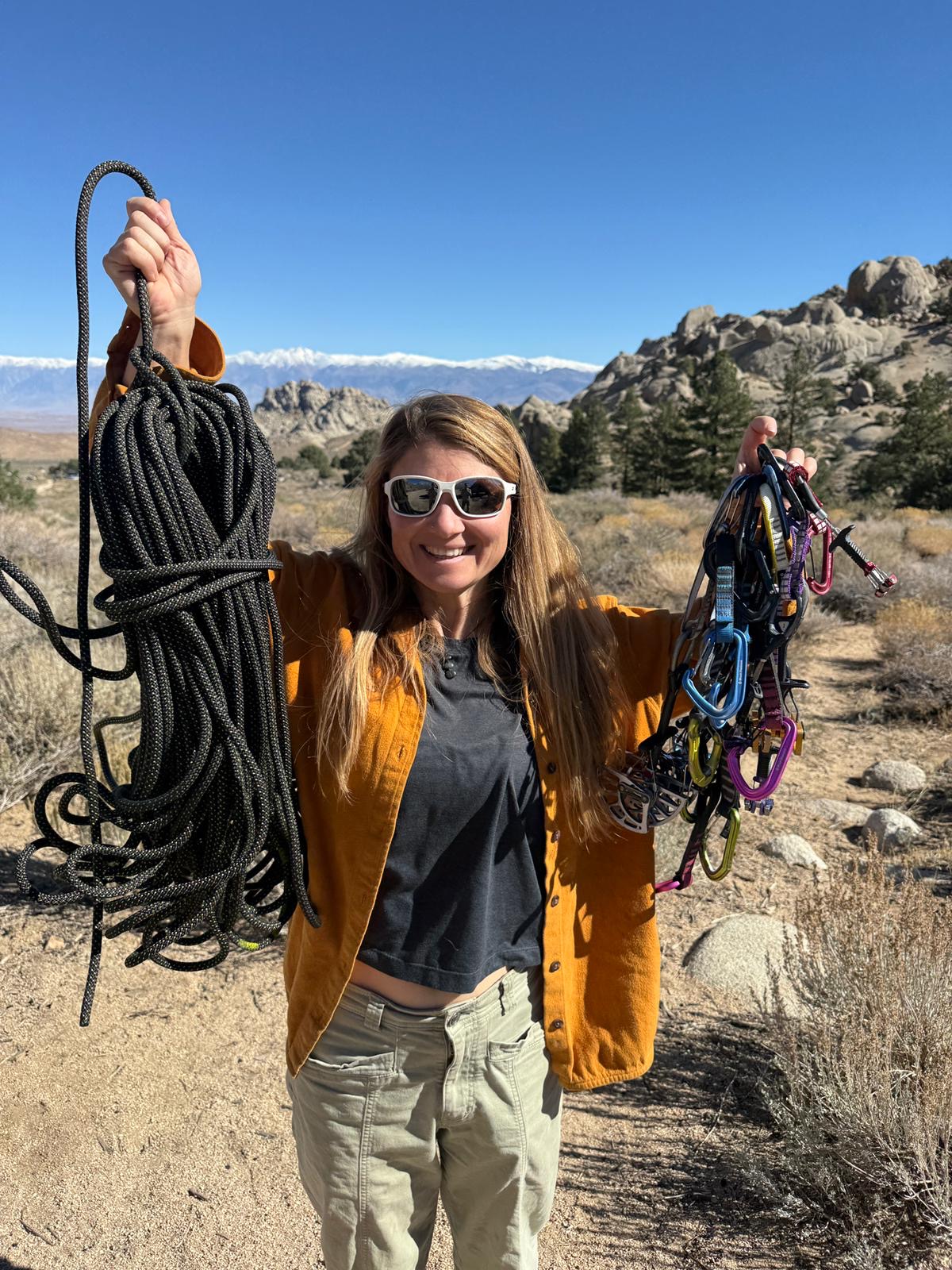Calm down!
All too often, this is the message you hear in your mind when you’re facing a difficult conversation, big interview or climb. However, Allison Wood Brooks, a Harvard Business School professor, says that trying to calm down is counterproductive. Her research has found that moving from an anxious and negative high arousal to positive low arousal is near impossible. Instead, we should be shifting our anxiety to another high arousal state – excitement.
But, how do we reframe our anxiety into excitement when we are taking on adventures?
Anxiety Vs Excitement
Anxiety is characterised by high arousal, uncertainty, and a low sense of control. Excitement is characterised by high arousal, positive appraisal, and optimism. The two are physiologically closely linked. Both emotions make our heart race, our palms sweaty, and give us butterflies.
Trying to switch from a place of anxiety to excitement is much more realistic than going against our physiology by trying to calm down. Nate Klemp, author and philosopher, writes how the main difference between anxiety and excitement is the story we tell ourselves.
How to change your story
The story that goes with anxiety is often rooted in negativity, and what might go wrong. Excitement, on the other hand, involves looking ahead positively and believing in positive outcomes.
Brooks’ research found that reframing anxiety helped subjects to perform better. Not only that, but they began to see each task as an opportunity, rather than a perceived threat.
Talk yourself into excitement
Facing an exposed ridge, overhang or free solo can get your heart rate rising and palms sweating.
It’s fear creeping in as you imagine what might go wrong. Rather than telling yourself to calm down, you can use Brooks’ research methods and reframe anxiety into excitement.
Brooks believes that by giving yourself a pep talk during anxious times, you can shift your feelings. She writes, “Individuals can reappraise anxiety as excitement using minimal strategies such as self-talk (e.g., saying “I am excited” out loud) or simple messages (e.g., “get excited”).” (2) Her research found that through positive self-talk you can adopt an opportunity mindset, rather than a threat mindset, and improve your performance.
Brooks investigated the effects of self-talk on emotional reappraisal and high-pressure performance. She found that the way we talk about our feelings directly impacts whether we feel anxious or excited, which influences our performance. Previous research on statements such as ‘You can do it,’ has been seen to increase motivation and improve performance.
Next time you’re facing something big, whether it is an unexpected challenge on an adventure or a presentation at work, tell yourself a different story.
At Strong Mind, our work on reframing begins with mindset, which influences all of our psychology and underlies the reframing we use in a stressful moment. This means that by reframing, we are shifting into a framework of ideas and attitudes we know to be more useful. We also use interventions (mind tools) in the moment when climbing or in stressful situations, such as Brooks' pep talks, to reframe. For example, when encountering an uncomfortable situation while lead climbing, we can use a simple mantra that reflects our mindset and reminds us that we have sought this challenge and a certain amount of stress is essential to get the most out of our climbing.










